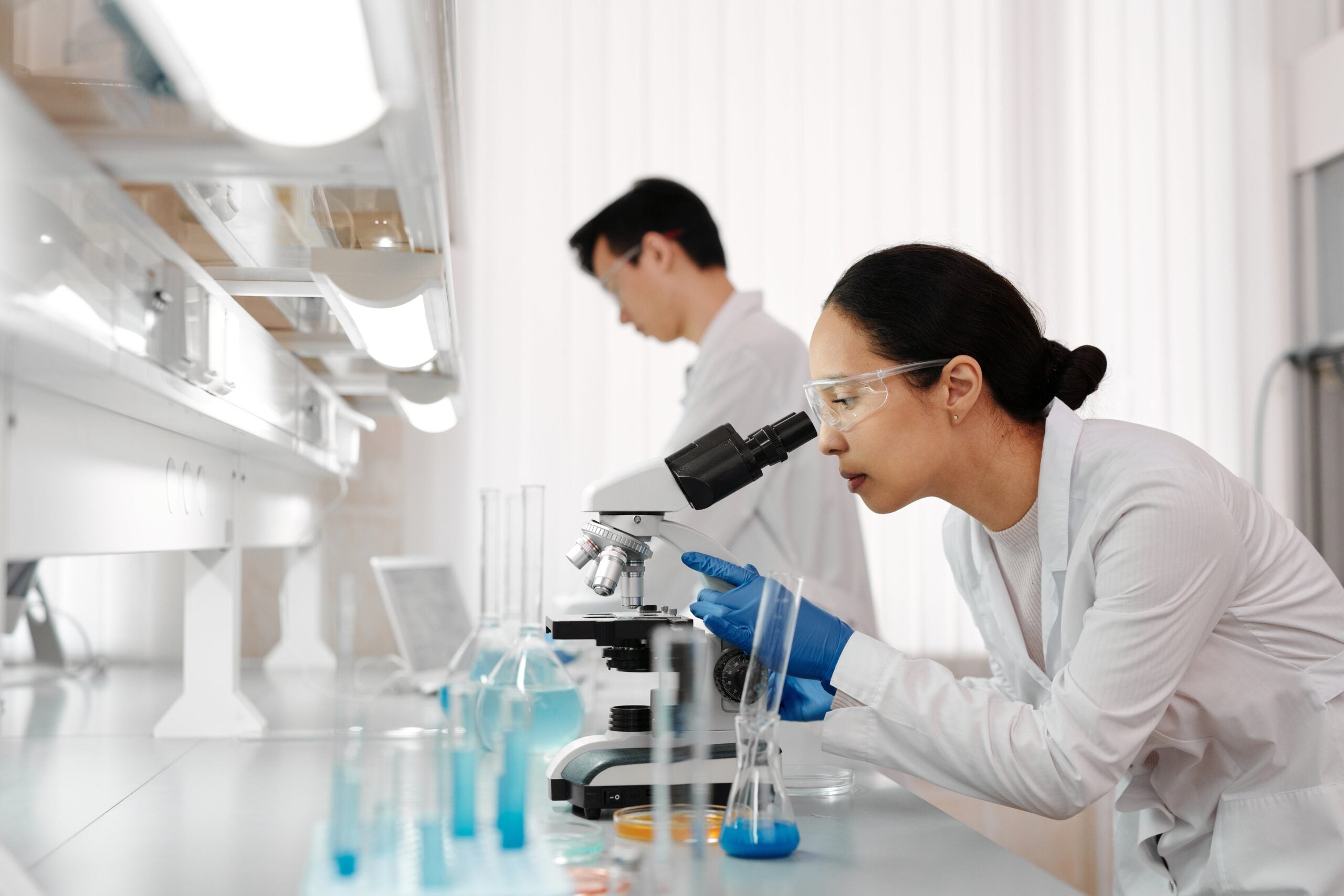Ensuring safety in a laboratory environment should be a top priority. With so many moving parts to a laboratory’s daily function, important health and safety components can sometimes go overlooked. That can lead to significant threats to both laboratory employees and visitors.
“There’s a lot at stake,” says Janet Baum, Co-Program Director of Harvard T.H. Chan School of Public Health Executive Education’s Guidelines for Laboratory Design: Health and Safety Considerations program.
“Laboratories are exciting places for discovery and learning. However, they can also provide potential hazards, including chemicals, radiation, biological materials, and more,” says Co-Program Director, Louis DiBerardinis. Both DiBerardinis and Baum stress how vital it is for laboratory professionals to learn to address the health and safety considerations that impact both lab users and the environment.
The Vast Diversity of Laboratory Types
Because there is such a tremendous variety of laboratories in operation, it’s essential to understand the comprehensive ways each one must operate to promote safety and efficiency. But as labs increase their capabilities, this also escalates the risk potential.
“Part of the issue is that labs are not that narrowly focused anymore,” says DiBerardinis. “Any given lab will be doing some radiation, some chemicals, and bio, maybe some engineering.”
Baum compares the diverse capabilities of modern laboratories to visiting a shopping mall or food court. The endless options can lead to choice overload, ultimately resulting in rash decisions.
“There are certain basic hygiene issues, safety issues, and environmental issues that need to be taken care of across the board,” says Baum. “And then apply those to potential hazards that would be in a particular type of lab.”
These diverse lab types include:
- Animal facilities
- Biological laboratories
- Biosafety
- Hazardous waste facility
- Clinical labs
- Engineering
- ADA labs
- Additional laboratory types
Laboratory Construction and Equipment
Both how a laboratory’s design and equipment play a role in maintaining safety. From ventilation and chemical fume hoods to hazardous material and biosafety cabinets, these elements are essential for almost every type of science. But laboratory research can be significantly dangerous. It can also be hotly contested between factions of the lab community. That’s why laboratory professionals must have the capacity to successfully implement these design aspects.
“They must think through all the three-dimensional aspects of these facilities about where the possibilities of failure are, trying to target that and make sure that isn’t going to be the consequence,” says Baum, who emphasized that facilities must maintain the integrity of its scientific research.
“As labs increase their capabilities, this also escalates the risk potential”
The design of a laboratory must also consider the changing face of social and regulatory requirements. This could pertain to sustainable design since there are increasing regulatory issues and minimum requirements to which laboratories must comply. The integration of populations who previously weren’t accommodated, like the disabled community, must also be considered. Since a laboratory and its users constantly evolve, the components of a lab’s design must evolve too.
Who Needs to Further Their Knowledge of Lab Design?
While it may take a village to run a laboratory, the individuals who make it function play an important role in its design and productivity.
On the front end, architects, engineers, and environmental health and safety professionals must be at the forefront of lab safety. In the day-to-day operation, laboratory managers and administrators who live there or spend the money to renovate the laboratories also must have the proper education. Knowledge of lab design would even benefit lawyers and regulators.
When it comes to matters of health and safety, architects, constructors, and engineers must comply with comprehensive building codes. But without the knowledge of how to design a laboratory, they’re exposing themselves to liabilities ranging from professional to legal. By incorporating this knowledge into their plans and learning how to stay in compliance with regulations, participants can work and visit labs that are hazard-free.
Harvard T.H. Chan School of Public Health offers Guidelines for Laboratory Design: Health and Safety Considerations, an on-site and online program that focuses on providing the knowledge to design a laboratory for health and safety.
